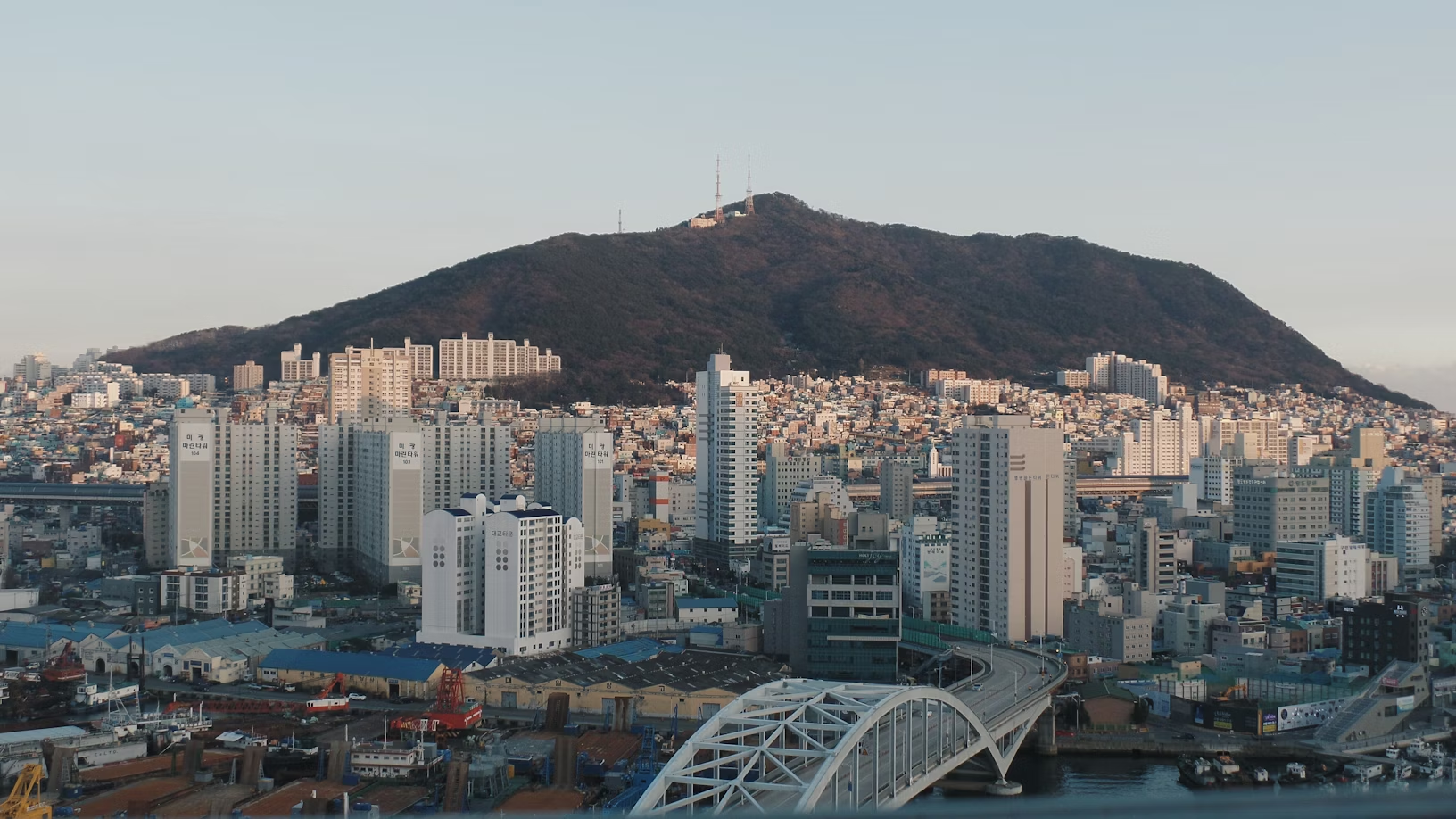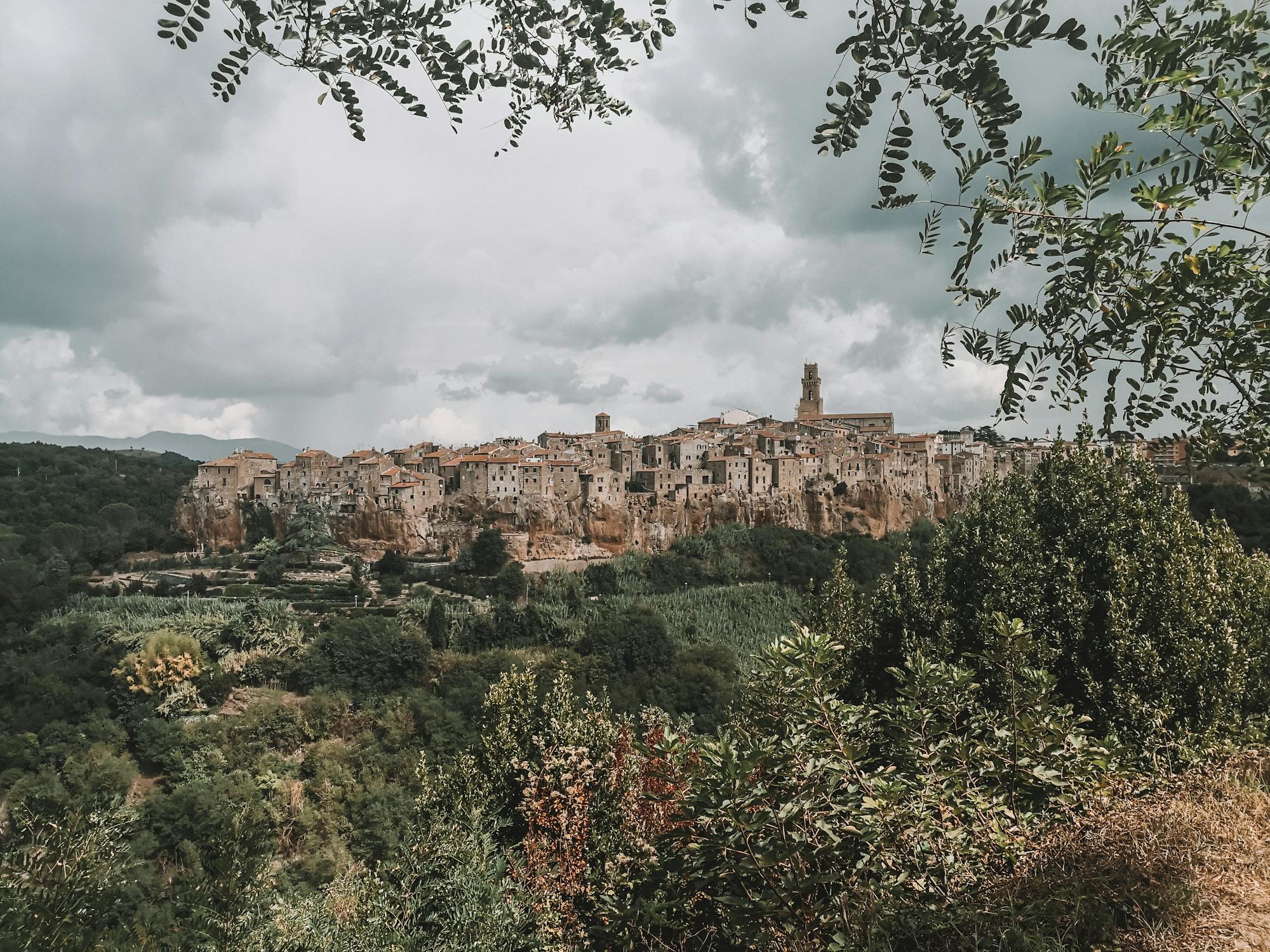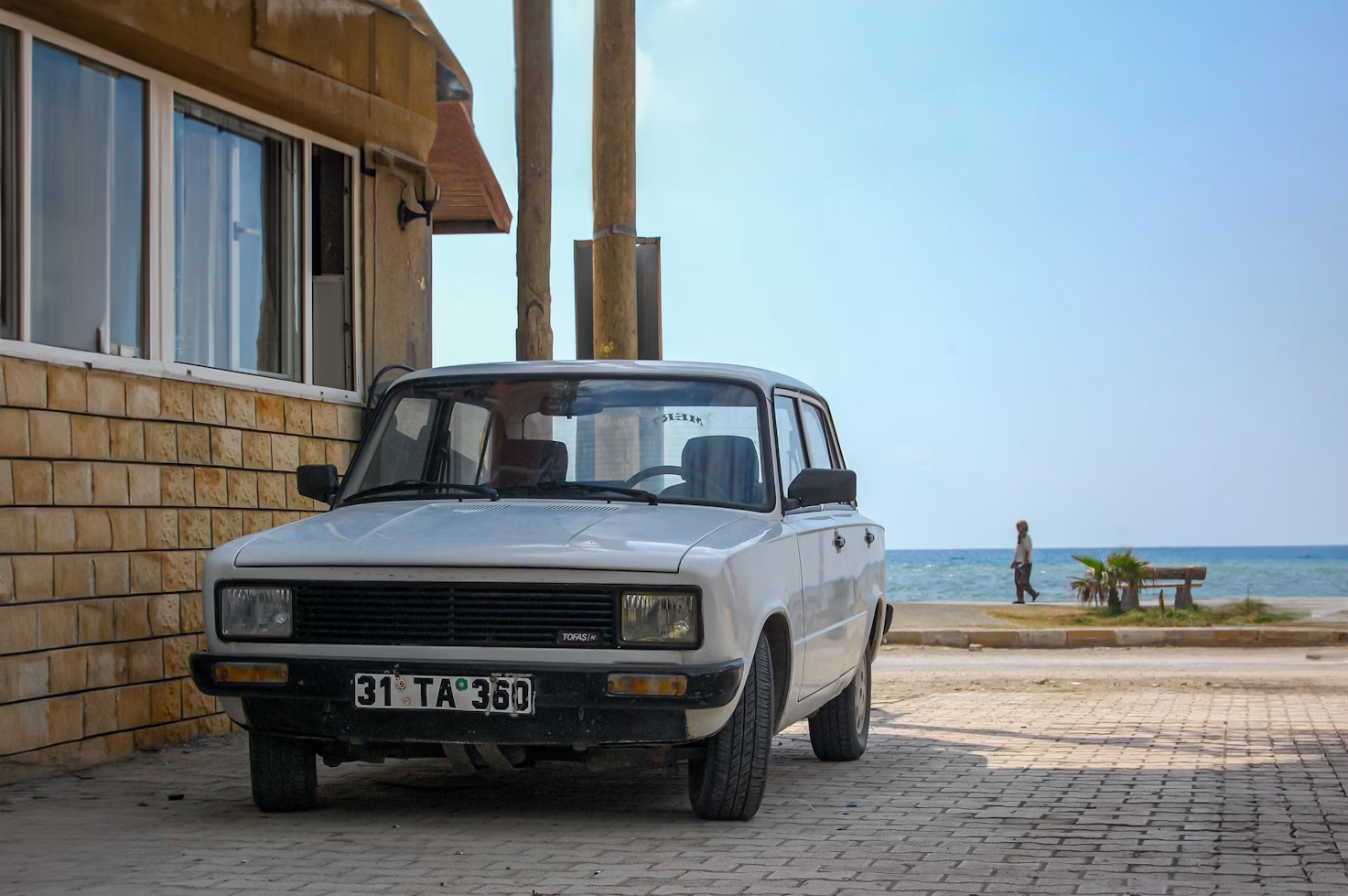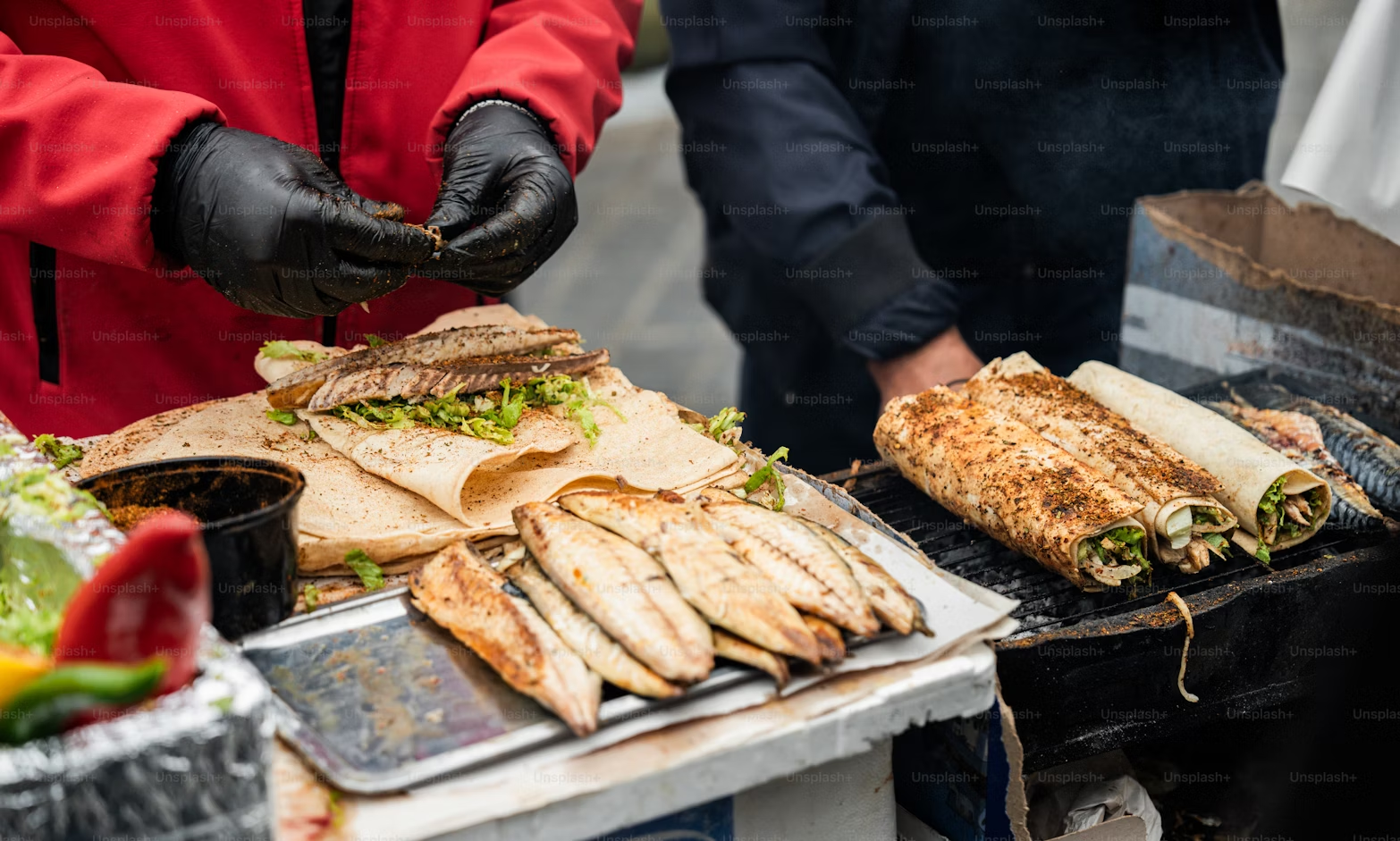Seoul often steals the spotlight in Korean tourism, with its pulsating K-pop scene, historic palaces, and vibrant nightlife drawing millions of visitors each year. The capital’s dynamic energy is undeniably captivating, but South Korea is far more than just its bustling metropolis. Beyond Seoul lies a treasure trove of lesser-known cities, each with its unique charm, rich history, and cultural identity. For travelers eager to escape the crowds and delve deeper into the heart of Korea, these hidden gems offer a refreshing alternative to the capital’s fast-paced rhythm.
Exploring these underrated cities unveils a tapestry of experiences that blend ancient traditions with modern innovation. From serene temples and traditional markets to cutting-edge architecture and local delicacies, these urban destinations provide a more authentic glimpse into Korean life. This article highlights five such cities, each offering unforgettable journeys and a deeper appreciation of South Korea’s diverse and multifaceted beauty. Venture beyond the obvious, and discover the unmatched allure of these overlooked gems.
Busan: Coastal Charms and Cinematic Delights
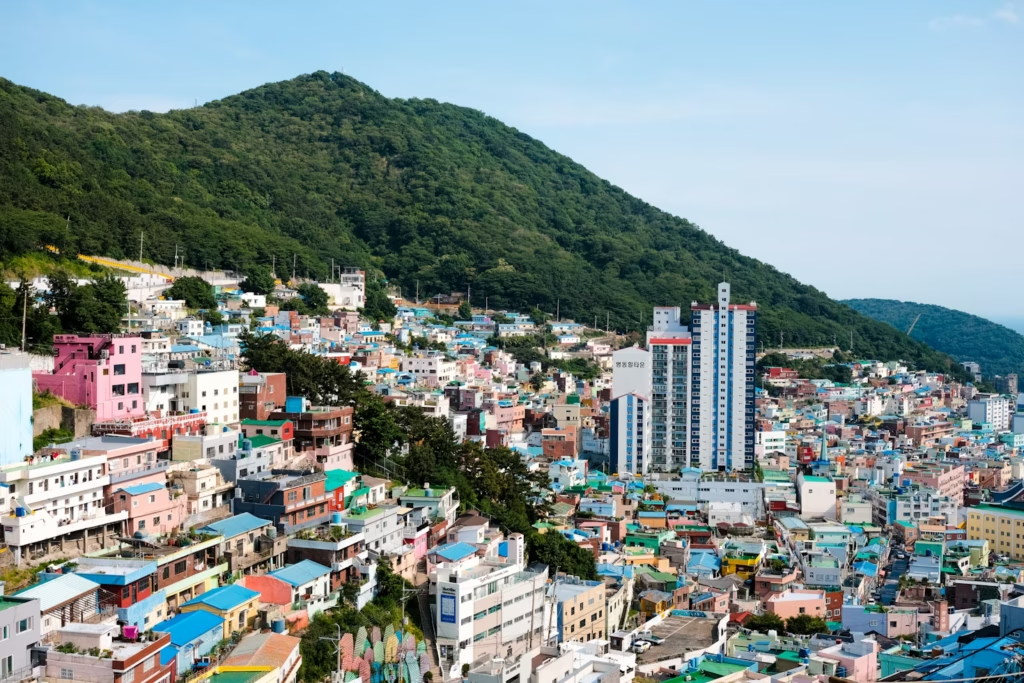
Often called South Korea’s second city, Busan seamlessly combines vibrant urban energy with breathtaking coastal landscapes. Unlike landlocked Seoul, Busan is home to stunning beaches, dramatic cliffs, and bustling port areas. Haeundae Beach, famous for its golden sands and lively ambiance, is a must-visit for both locals and tourists alike. To make the most of your trip, drive around in a car to explore hidden gems and scenic spots at your own pace. For a more artistic experience, the colorful Gamcheon Culture Village offers a picturesque maze of brightly painted houses cascading down the foothills, creating a unique visual spectacle. Additionally, Jagalchi Fish Market, the largest in Korea, provides an authentic glimpse into the city’s maritime heritage with its fresh seafood and lively atmosphere.
Busan also boasts a dynamic cultural scene, particularly in its connection to the film industry. The city hosts the annual Busan International Film Festival (BIFF), one of Asia’s most prestigious cinematic events, attracting filmmakers and cinema enthusiasts from around the world. BIFF Square, featuring handprints of famous actors and directors, highlights the city’s role as a hub for global cinema. Beyond the entertainment scene, Busan is home to the serene Beomeosa Temple, located on the slopes of Geumjeongsan Mountain. This historic temple offers a peaceful retreat with its ancient architecture and tranquil surroundings.
Key attractions in Busan include:
- Haeundae Beach: Renowned for its golden sands and lively crowd.
- Gamcheon Culture Village: A colorful, artistic neighborhood with a unique design.
- Jagalchi Fish Market: Korea’s largest seafood market, full of fresh catches.
- BIFF Square: A landmark celebrating Busan’s film industry.
- Beomeosa Temple: A serene escape with stunning architecture amidst nature.
Busan’s combination of coastal charm, cultural vibrancy, and cinematic importance makes it an exciting and less crowded alternative to Seoul.
Jeonju: A Culinary and Cultural Heartland
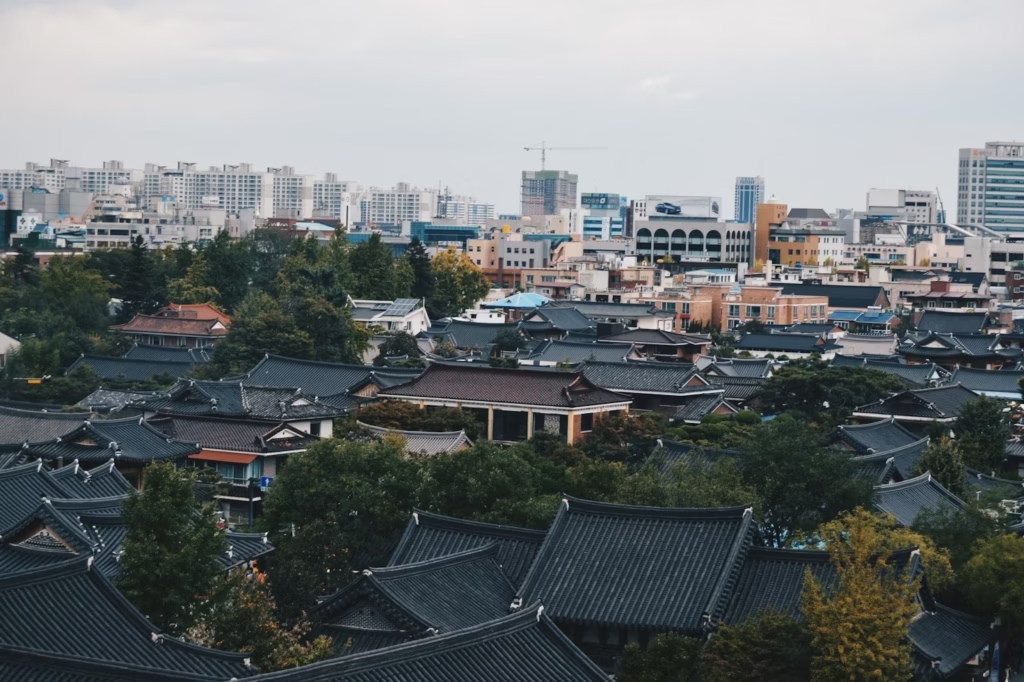
Steeped in history and celebrated for its traditional arts and cuisine, Jeonju is the cultural heartland of Korea. At the center of its charm lies the Jeonju Hanok Village, one of Korea’s best-preserved traditional villages. With hundreds of hanoks (traditional Korean houses) featuring curved roofs and stone walls, the village offers a glimpse into the past. As you wander through its narrow alleys, you’ll find traditional tea houses, craft workshops, and hanbok rental studios, inviting visitors to immerse themselves in Korea’s heritage. The village is also a hub of activity during vibrant festivals and cultural performances.
Known as the “food capital” of Korea, Jeonju is a paradise for food lovers. The city is the birthplace of bibimbap, Korea’s iconic mixed rice dish, and boasts an array of regional specialties. The bustling Jeonju Nambu Market is a must-visit for its incredible variety of local delicacies and street food. From the savory Kongnamul Gukbap (soybean sprout rice soup) to the sweet Choco Pie, every corner of Jeonju delights the taste buds and showcases the city’s rich culinary traditions.
Jeonju’s combination of cultural richness and gastronomic excellence makes it a truly unique destination. Its dedication to preserving historical architecture and culinary heritage ensures an enriching experience for visitors. Whether you’re attending a local festival, exploring the Hanok Village, or sampling iconic dishes, Jeonju offers an unforgettable journey into Korea’s past and present.
Gyeongju: Tracing the Footsteps of Ancient Kingdoms
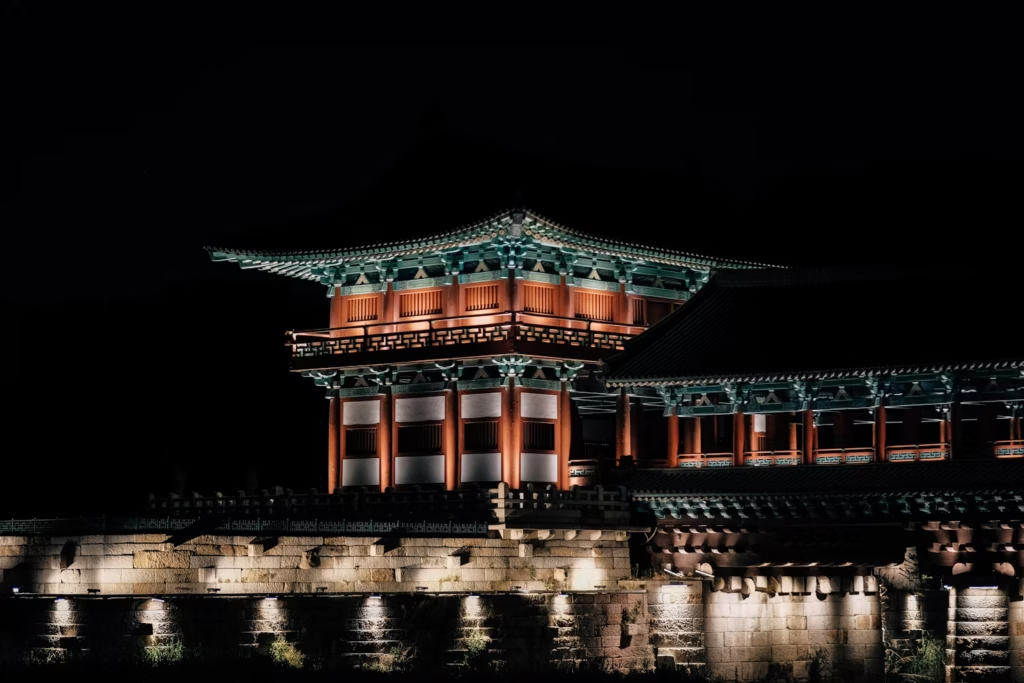
For history enthusiasts, Gyeongju is a must-visit destination that offers a glimpse into the magnificent past of the Silla Kingdom, which ruled the Korean Peninsula for nearly a thousand years. Often called the “museum without walls,” the city is home to numerous UNESCO World Heritage sites. Highlights include Bulguksa Temple and Seokguram Grotto, renowned for their stunning Buddhist art and exceptional architectural design. The Daereungwon Tomb Complex, a collection of grand royal tombs, showcases the opulence of the Silla dynasty. At the same time, Cheomseongdae Observatory, one of the oldest astronomical observatories in East Asia, reflects the kingdom’s advanced scientific achievements.
Beyond its rich historical landmarks, Gyeongju offers a peaceful and scenic environment for visitors to unwind. Bomun Lake Resort is a perfect spot to enjoy nature, featuring walking trails and recreational activities. The Gyeongju National Museum adds further depth to the experience by housing an extensive collection of Silla artifacts, helping visitors gain a deeper understanding of the kingdom’s culture and legacy. These serene settings complement the city’s historical exploration, making Gyeongju a well-rounded destination.
While Seoul is known for its grand palaces and vibrant energy, Gyeongju provides a more intimate connection to Korea’s ancient history. Visitors can immerse themselves in the Silla Kingdom’s enduring cultural legacy through its temples, royal tombs, and historical relics. Highlights of what to explore include:
- Bulguksa Temple and Seokguram Grotto: UNESCO-listed Buddhist masterpieces.
- Daereungwon Tomb Complex: Stunning royal tombs from the Silla dynasty.
- Cheomseongdae Observatory: An ancient marvel of scientific innovation.
Gyeongju’s blend of history, culture, and natural beauty makes it a captivating destination for travelers seeking a deeper understanding of Korea’s past.
Daegu: A Hub of Textiles, Tradition, and Urban Vibrancy
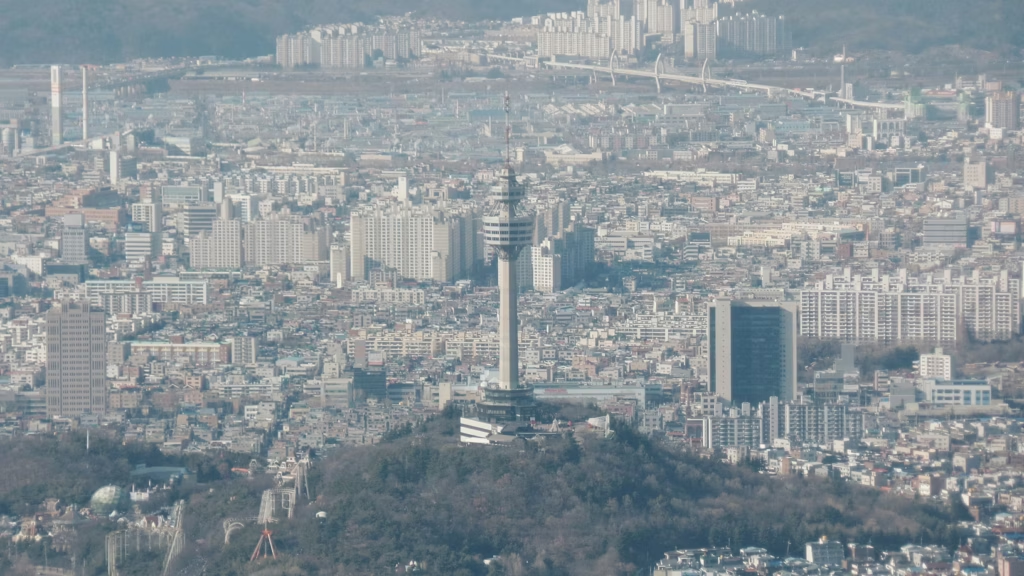
Nestled in a mountain basin, Daegu seamlessly blends industrial heritage, traditional charm, and modern urban energy. Once a hub for Korea’s textile industry, the city has transformed into a dynamic metropolitan area while preserving its cultural roots. One of Daegu’s highlights is the Seomun Market, Korea’s oldest and largest traditional market, where vendors sell everything from textiles and clothing to local food and household goods. It’s a lively spot that offers visitors an authentic glimpse into local life.
For those seeking green spaces and historical landmarks, Dalseong Park is a must-visit. This historic fortress-turned-public park features ancient walls, traditional architecture, and peaceful walking paths, creating a serene oasis in the city’s heart. Daegu also boasts a vibrant cultural scene with numerous museums, art galleries, and performance venues. Key attractions include:
- Daegu National Museum: Showcasing the region’s history and cultural heritage.
- Daegu Opera House: Hosting world-class performances in a stunning modern venue.
Beyond its history and culture, Daegu has a thriving cafe culture and arts scene. The Bongsan Cultural Street area is a hotspot for art galleries, studios, and unique cafes, reflecting the city’s creative energy. Often overlooked in favor of Seoul or Busan, Daegu offers a unique mix of historical significance, industrial legacy, and urban dynamism, making it an intriguing destination for those looking to explore Korea beyond the usual tourist trail.
Gangneung: Coastal Beauty and Artistic Inspiration
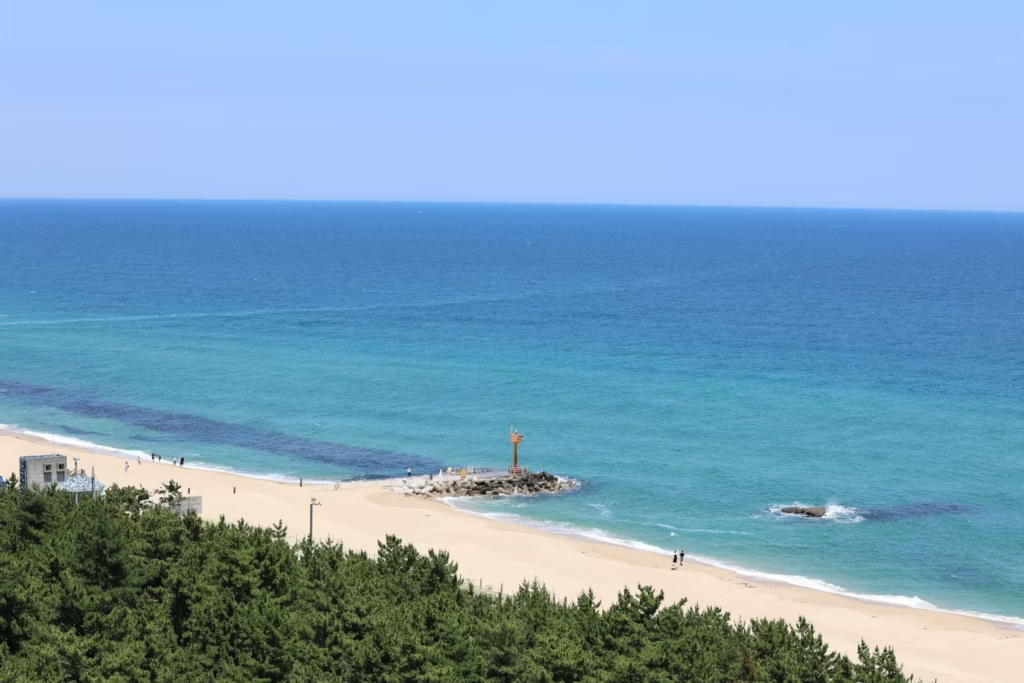
Located on the eastern coast of South Korea, Gangneung is a perfect getaway destination known for its stunning beaches and serene lakes. Gyeongpo Beach, with its wide stretch of white sand and shallow waters, is ideal for swimming and relaxation. Nearby, Gyeongpoho Lake offers a peaceful setting surrounded by picturesque pavilions and scenic walking trails, perfect for strolls. Gangneung’s coastal location also makes it a prime spot to enjoy fresh and delicious seafood.
Beyond its natural beauty, Gangneung is deeply rooted in arts and literature. Ojukheon, the birthplace of the renowned Confucian scholar Shin Saimdang and her son Yulgok Yi I, stands as one of the city’s most significant historical and cultural landmarks. Another must-visit is Haslla Art World, an outdoor sculpture park overlooking the East Sea. This unique attraction blends art and nature, offering an inspiring experience for visitors.
Gangneung combines a relaxed coastal atmosphere with rich cultural and artistic offerings, making it an appealing alternative to the fast-paced environment of Seoul. Whether you’re looking to unwind on the beach, explore historical sites, or immerse yourself in creative spaces, Gangneung provides a tranquil and inspiring escape.
Final Thoughts
Seoul may be the perfect introduction to South Korea, but stepping beyond its bustling streets reveals a treasure trove of equally fascinating and often less crowded urban destinations. From the coastal beauty of Busan to the rich culinary scene of Jeonju, each city offers its distinct charm. Gyeongju, often called “the museum without walls,” immerses visitors in ancient history, while Daegu strikes a perfect balance between tradition and modernity. Meanwhile, Gangneung, nestled on the east coast, captivates with its artistic energy and serene landscapes. These cities showcase South Korea’s incredible diversity, offering something unique for every traveler.
Exploring beyond Seoul allows visitors to experience the depth of South Korea’s culture, history, and natural beauty. Whether you’re savoring traditional dishes in Jeonju, marveling at historic sites in Gyeongju, or enjoying the vibrant energy of Busan, these destinations provide a richer understanding of the country’s multifaceted identity. So, the next time you plan a trip to Korea, venture off the beaten path. You just might discover a new favorite city that captures your heart and deepens your appreciation for this dynamic nation.

